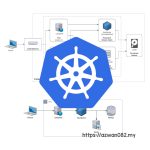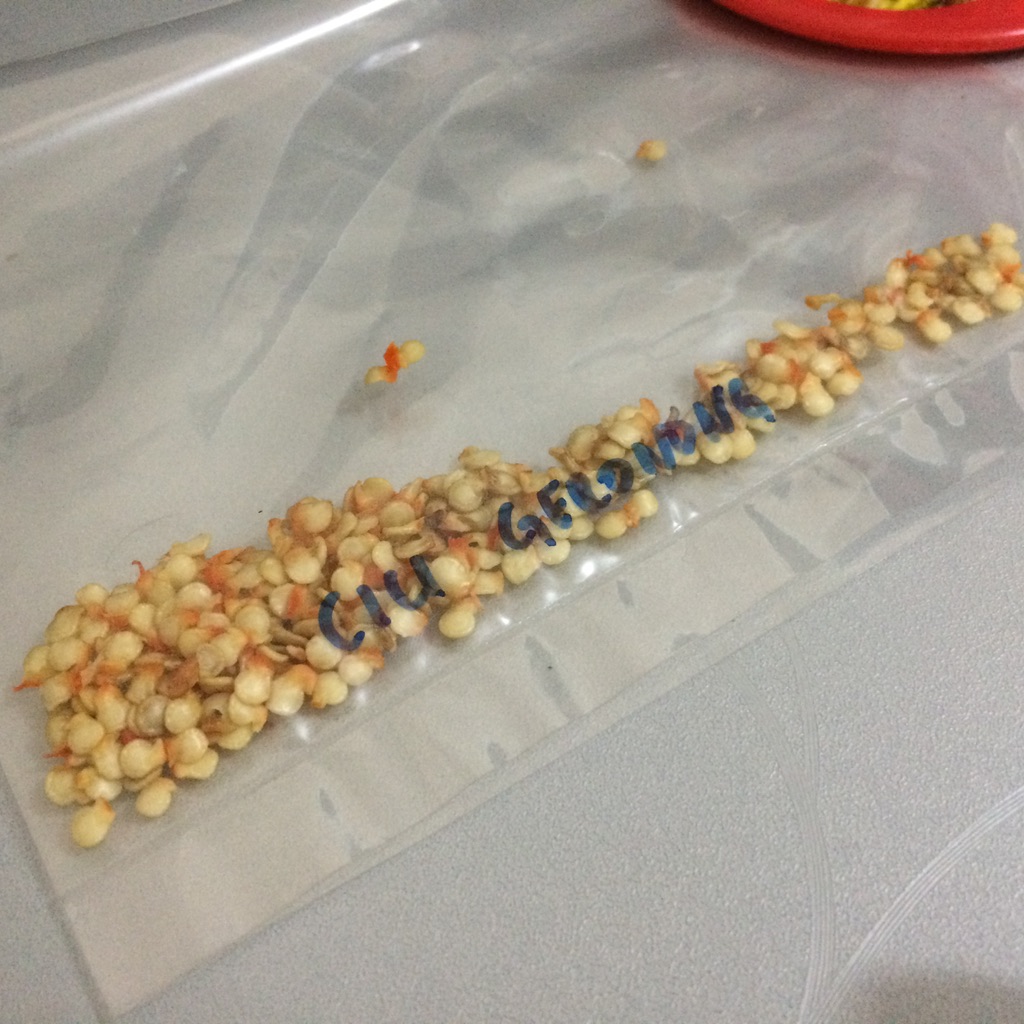Page Controller Pt.2
Jumaat, 26 Ogos 2011, 8:23 am
However, as the web application grow, the controller part may become very complex. As we know, a web page is a collection of sections which combined together to become a page – header, sidebar, main content, footer, banner etc. are sections (or whatever you call it). Therefore, it would be very complex when we need to include all this in a single controller. We can separate the smaller sections to another class or put it in our toolbox functions class, but it might be temporary before you may need it to act like a main controller. Here’s where the difference comes:
- Most framework (that I know) only consist of single MVC, which designed to handle one simple request (CRUD operation of a blog post is a simple request)
- A way to overcome this is by abstracting similar logics to a parent class, and let controller extends it. However not all conditions require those extra logics to be loaded for all requests.
Then I read http://techportal.ibuildings.com/2010/02/22/scaling-web-applications-with-hmvc/, an extension to ordinary MVC. It’s a collection of MVC triad that are independent to each other, and one MVC become the main controller. By using this idea, we can redesign our front controller to support HMVC and make it ready for a complex application
- Front controller received request, parse, delegate to target page controller as usual, and run the target controller.
- From within main controller, we may call another controller for different sections in that particular page.
- All sub controllers that being called from main controller will be independent of each other – make it look like requesting a different page. We may call it asynchronously (from within PHP, using cURL and get the response in whatever format)
- These subcontrollers doesn’t need to be reside in the same server or same script directory with the main controllers, it can be put in different server and act as a background service, interact using RPC, SOAP or other web service protocol
What’s more interesting is all these can be achieved without having to allocate too much resource as in term of development time (all can be done in PHP), server (one server can achieved all these) and maintainability (all components are structured and modularized – given you’re writing proper documentation and comments on the code). Take a look at Kohana or CodeIgniter if you’re interested to include this feature into your web application.
27 Ogos 2011
26 Ogos 2011









